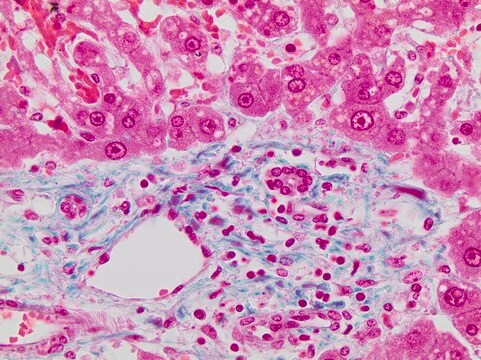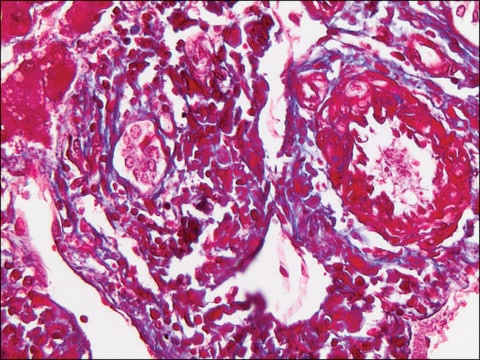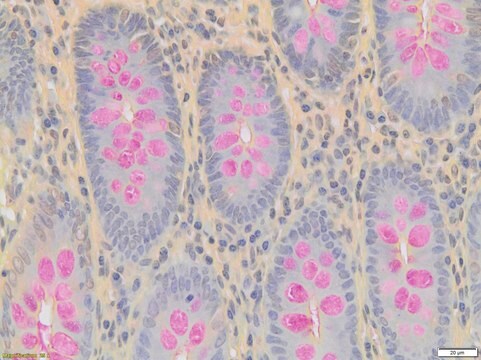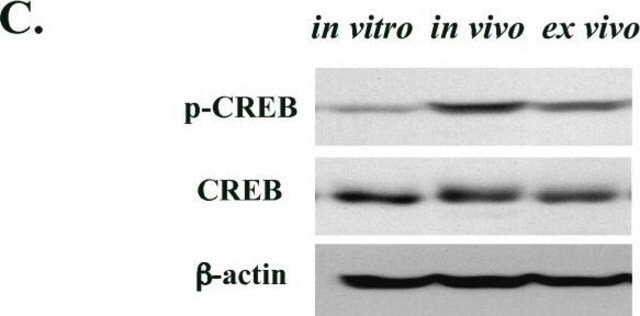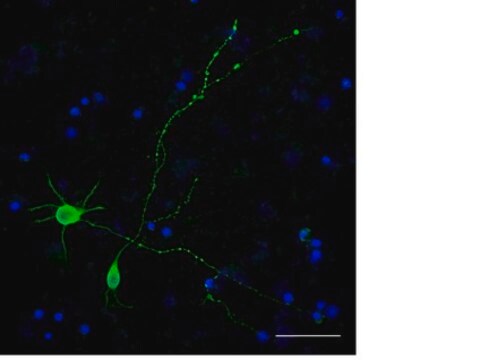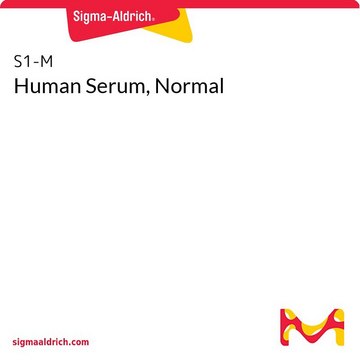MABN2709
Anti-LRAT Antibody, clone 49569
Synonym(s):
lecithin retinol acyl transferase, retinyl ester synthase
About This Item
IHC
WB
immunohistochemistry: suitable
western blot: suitable
Recommended Products
biological source
mouse
Quality Level
antibody form
purified antibody
antibody product type
primary antibodies
clone
49569, monoclonal
mol wt
calculated mol wt 25.820 kDa
observed mol wt ~24 kDa
purified by
using protein G
species reactivity
mouse
packaging
antibody small pack of 100
technique(s)
immunofluorescence: suitable
immunohistochemistry: suitable
western blot: suitable
isotype
IgG2aκ
epitope sequence
Cytoplasmic domain
Protein ID accession no.
UniProt accession no.
storage temp.
2-8°C
Gene Information
mouse ... Lrat(79235)
Specificity
Immunogen
Application
Evaluated by Western Blotting in mouse retina lysate.
Western Blotting Analysis: A 1:1,000 dilution of this antibody detected LRAT in mouse retina tissue lysate.
Tested Applications
Western Blotting Analysis: A 1:1,000 dilution from a representative lot detected LRAT in Retinal pigment epithelium (RPE) microsome lysate.
Immunofluorescence Analysis: A representative lot detected LRAT in Immunofluorescence applications (Batten, M.L., et al. (2004). J. Biol. Chem. 279(11):10422-32; Moise, A.R., et al. (2007). J Biol Chem. 282(3):2081-90).
Immunohistochemistry Analysis: A representative lot detected LRAT in Immunohistochemistry applications (Batten, M.L., et al. (2004). J. Biol. Chem. 279(11):10422-32; Moise, A.R., et al. (2007). J Biol Chem. 282(3):2081-90).
Western Blotting Analysis: A representative lot detected LRAT in Western Blotting applications (Batten, M.L., et al. (2004). J Biol Chem. 279(11):10422-32; Moise, A.R., et al. (2007). J. Biol. Chem. 282(3):2081-90).
Note: Actual optimal working dilutions must be determined by end user as specimens, and experimental conditions may vary with the end user.
Target description
Physical form
Reconstitution
Storage and Stability
Other Notes
Disclaimer
Not finding the right product?
Try our Product Selector Tool.
Storage Class Code
12 - Non Combustible Liquids
WGK
WGK 1
Flash Point(F)
Not applicable
Flash Point(C)
Not applicable
Certificates of Analysis (COA)
Search for Certificates of Analysis (COA) by entering the products Lot/Batch Number. Lot and Batch Numbers can be found on a product’s label following the words ‘Lot’ or ‘Batch’.
Already Own This Product?
Find documentation for the products that you have recently purchased in the Document Library.
Our team of scientists has experience in all areas of research including Life Science, Material Science, Chemical Synthesis, Chromatography, Analytical and many others.
Contact Technical Service